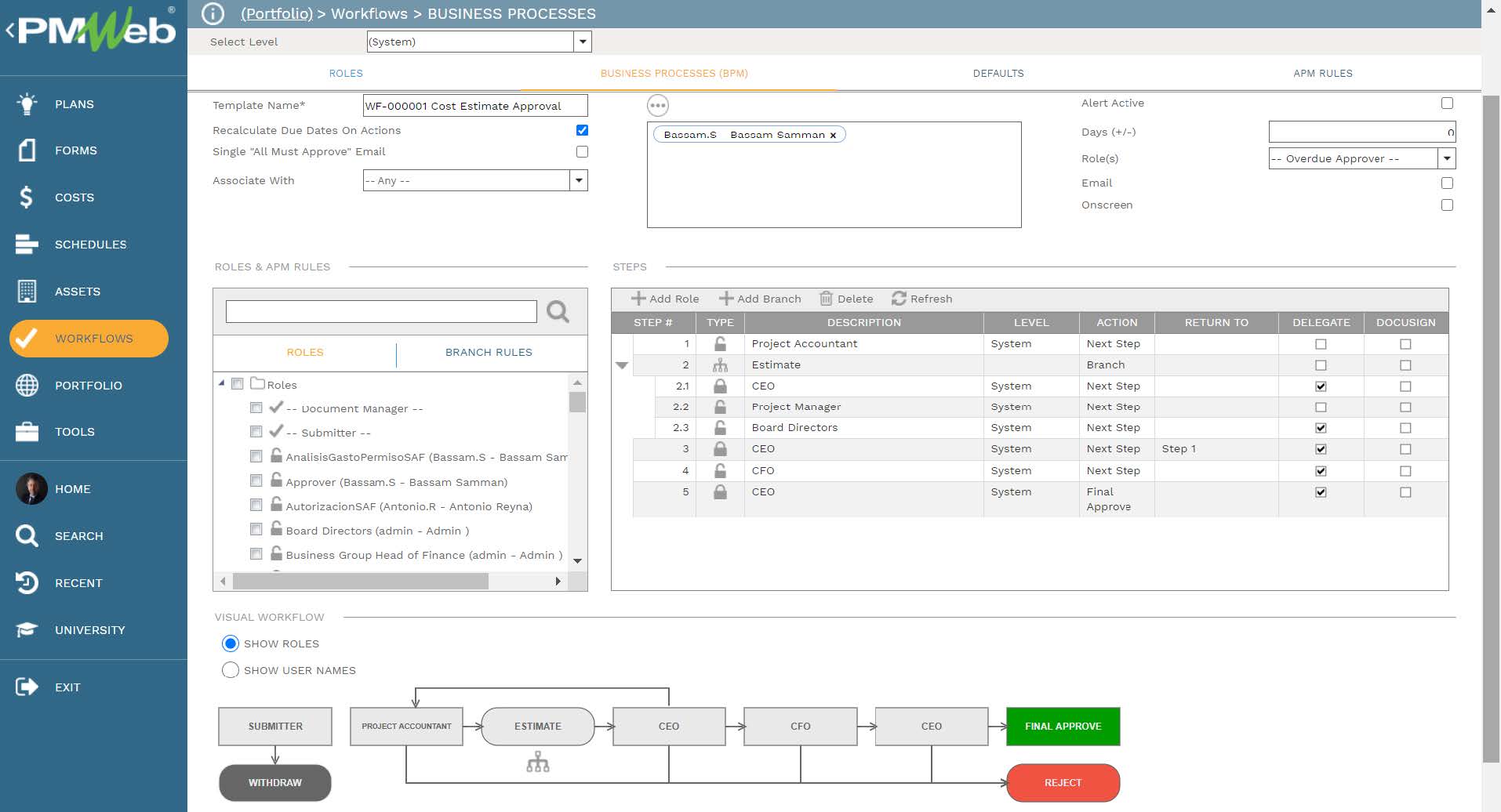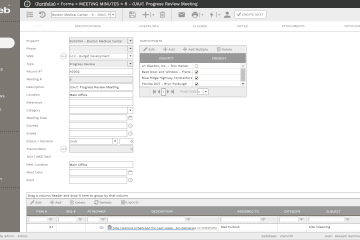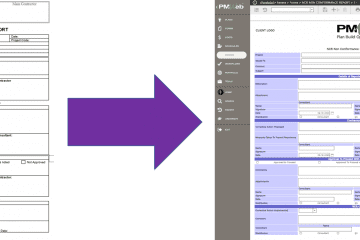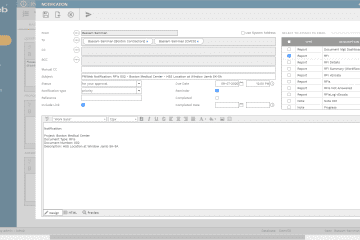With the growing demand to optimize capital project investments and to do more with fewer funds, project owners are now more than ever adopting the best practices of value engineering to identify and eliminate unwanted costs, while improving the project’s function and quality. The aim is to increase the value of projects, satisfying the project’s performance requirements at the lowest possible cost. This involves considering the availability of materials, construction methods, transportation issues, site limitations or restrictions, planning and organization, costs, profits, and so on. As well as increasing the benefits that can be delivered include a reduction in life cycle costs, improvement in quality, reduction of environmental impacts, and so on.
To ensure that the value engineering analyses are planned and conducted in accordance with the VE policies and procedures guidelines and that recommendations developed and implemented for each project are properly documented in a final report matching with project stages, it is highly recommended to implement the practice of checklists. There will be seven checklists each is specific to the value engineering phases being the information, functional analysis, creative, evaluation, development, presentation and implementation, and follow-up phases.
Project Management Information Systems (PMIS) like PMWeb can add great value to the value engineering process. Not only it will be used to implement the business processes of value engineering ideas, value engineering workshops, cost estimates, and value engineering proposals but also to create the checklists for each value engineering phase. PMWeb visual custom form builder will be used to create those checklists.
The first checklist will be for the information phase. The checklist will include separate tables for General, Specifications, Engineering and Design, Methods and Processes, Materials and Maintenance. Each table will include a description of the information to be collected or verified. When using the checklist, the individual completing the checklist needs to provide the status of each item as “Yes” it was done, “No” it was not done, or “NA” for Not Applicable. In addition, remarks can be added if needed.
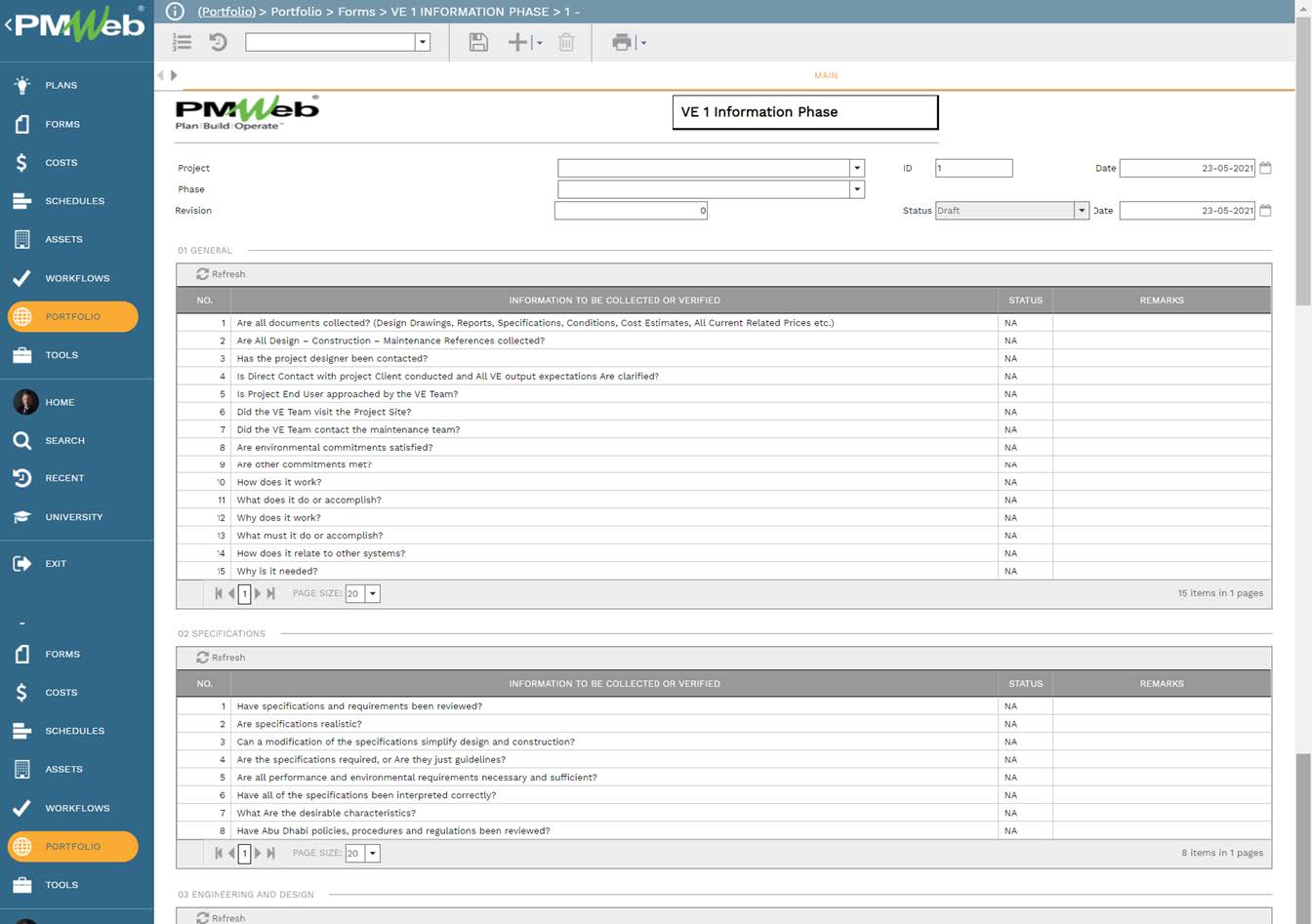
PMWeb will be also used to create separate checklists for the remaining six phases. Similar to the information phase checklist, the checklists for the other phases will include the description of the information to be collected or verified. When using the checklist, the individual completing the checklist needs to provide the status of each item as “Yes” it was done, “No” it was not done, or “NA” for Not Applicable. In addition, remarks can be added if needed.

Five of the remaining six phases checklists will have a single table of information to be collected or verified except for the implementation and follow-up checklist which will have two tables. The first table will be for implementation while the second will be for follow-up.
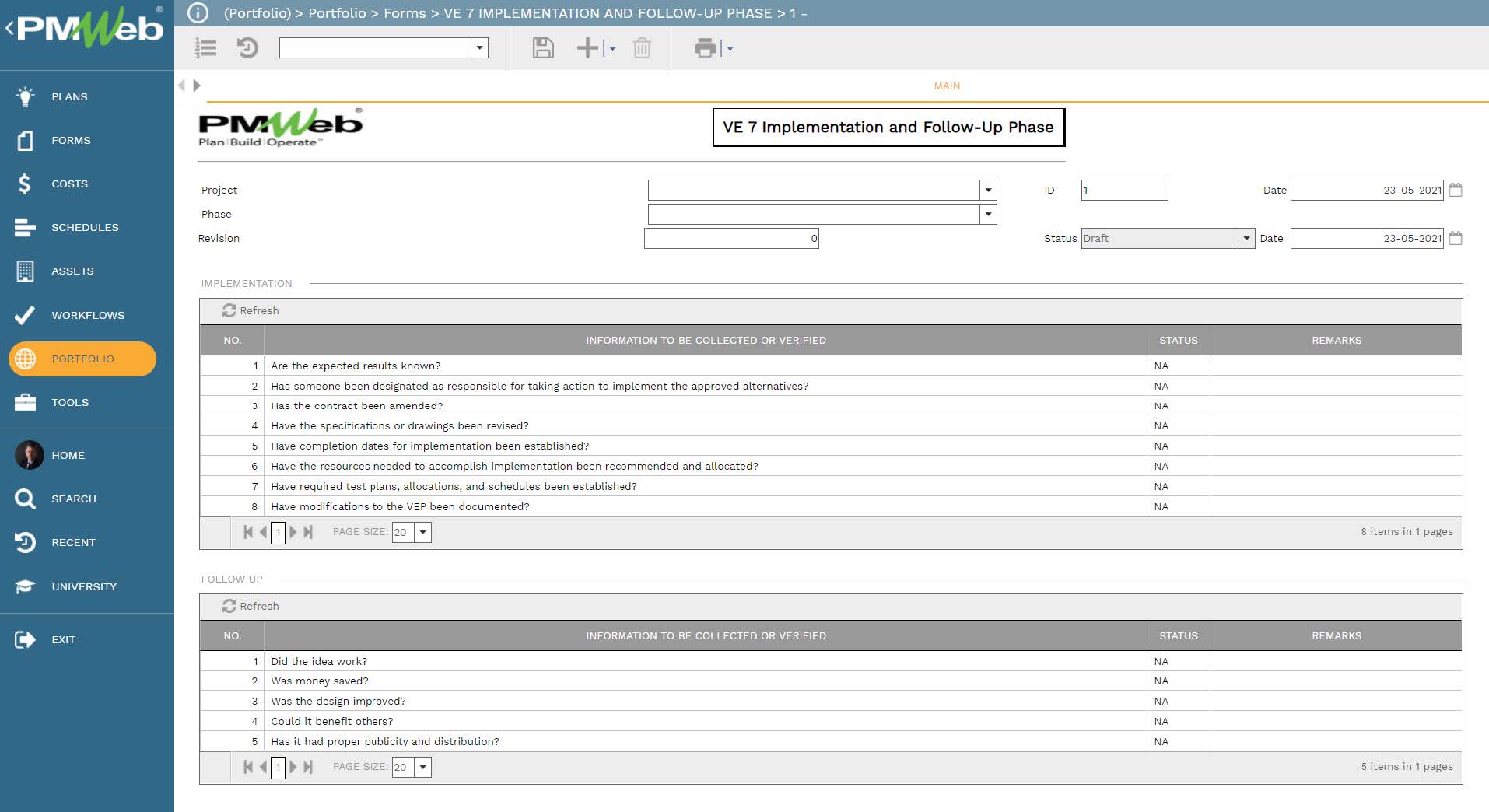
The header which is common to all seven checklists will include the project details, the project phase where the value engineering process was implemented, and the status of the formal review and approval of the checklist. Of course, additional fields can be added to the checklist header if this was required by the organization.
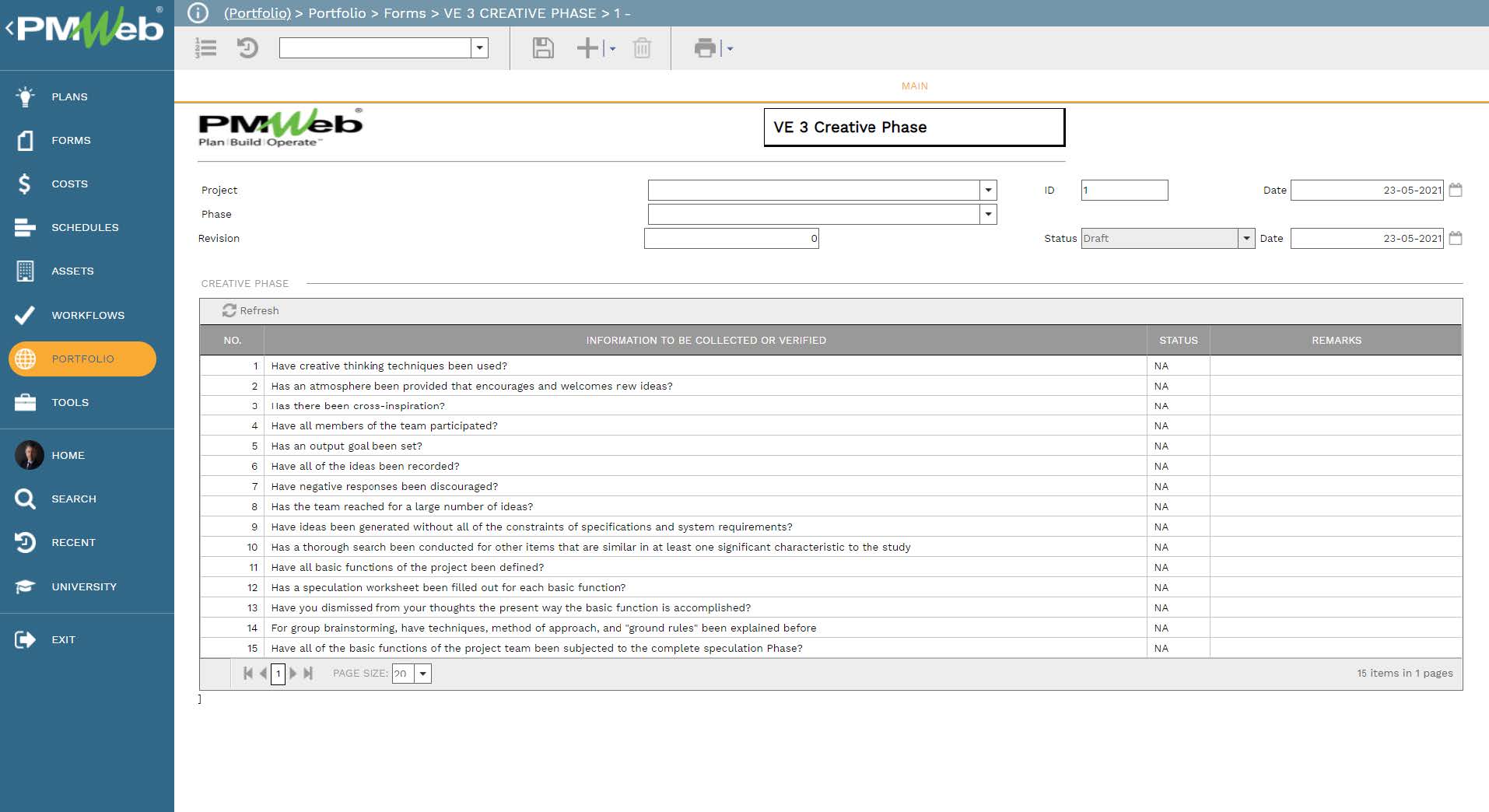
It is highly recommended that all value engineering checklists have the same layout format. This can be easily done by copying the design of the first created template in HTML file format and paste it again in HTML file format in the new checklist template. Of course, the list of information to be collected or verified will be automatically adjusted in accordance with the content of the table or tables created in the PMWeb custom form builder.
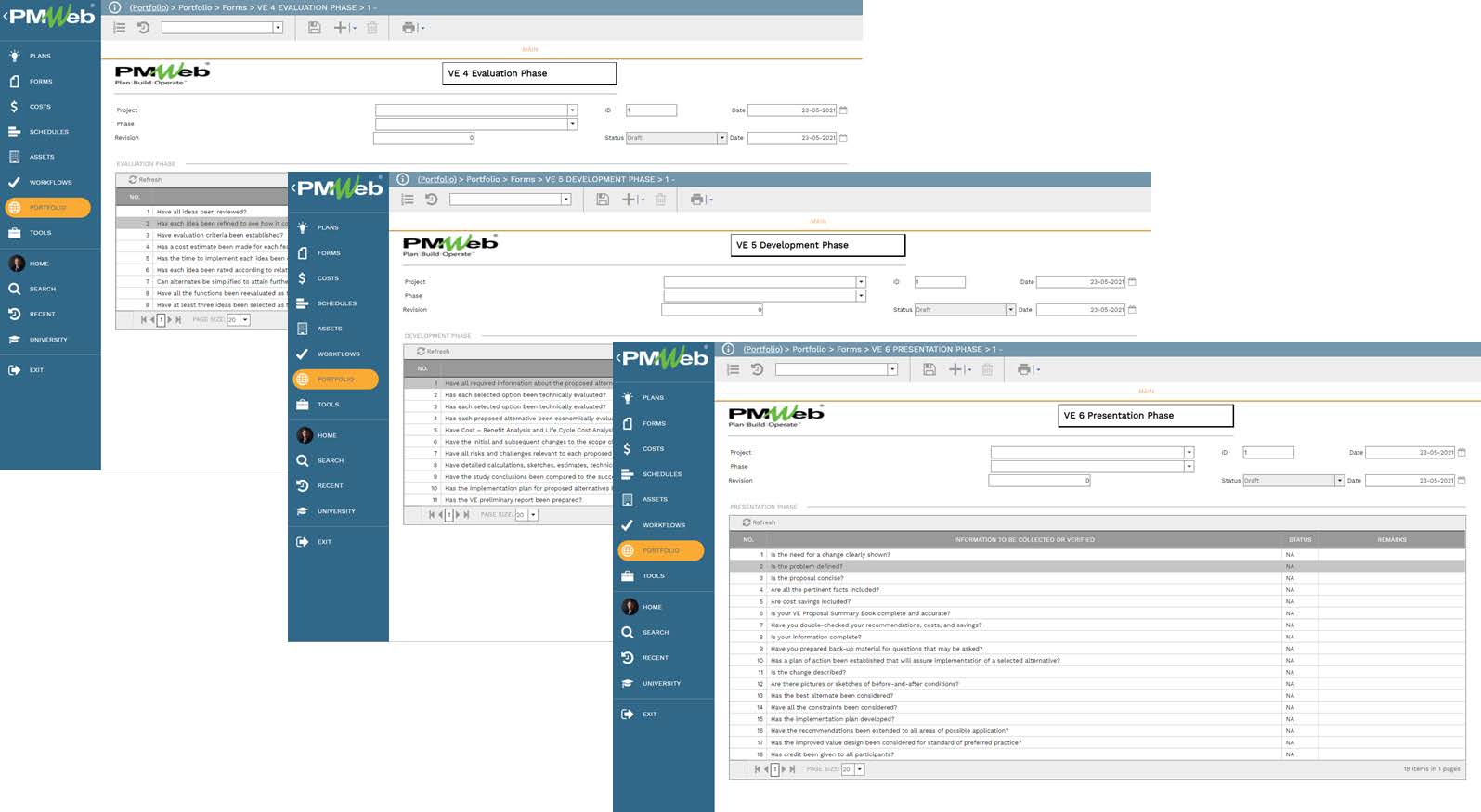
Similar to all types of checklists created using PMWeb, the value engineering phases checklists can be also be attached with all supportive documents specific to each checklist. Those could include drawings, specifications, equipment catalogs, equipment life cycle costing, pictures among others. In addition, links to PMWeb records for all types of business processes managed in PMWeb can be also added. Those could include for example cost estimates, value engineering ideas, value engineering workshops meeting minutes, value engineering proposals, etc.
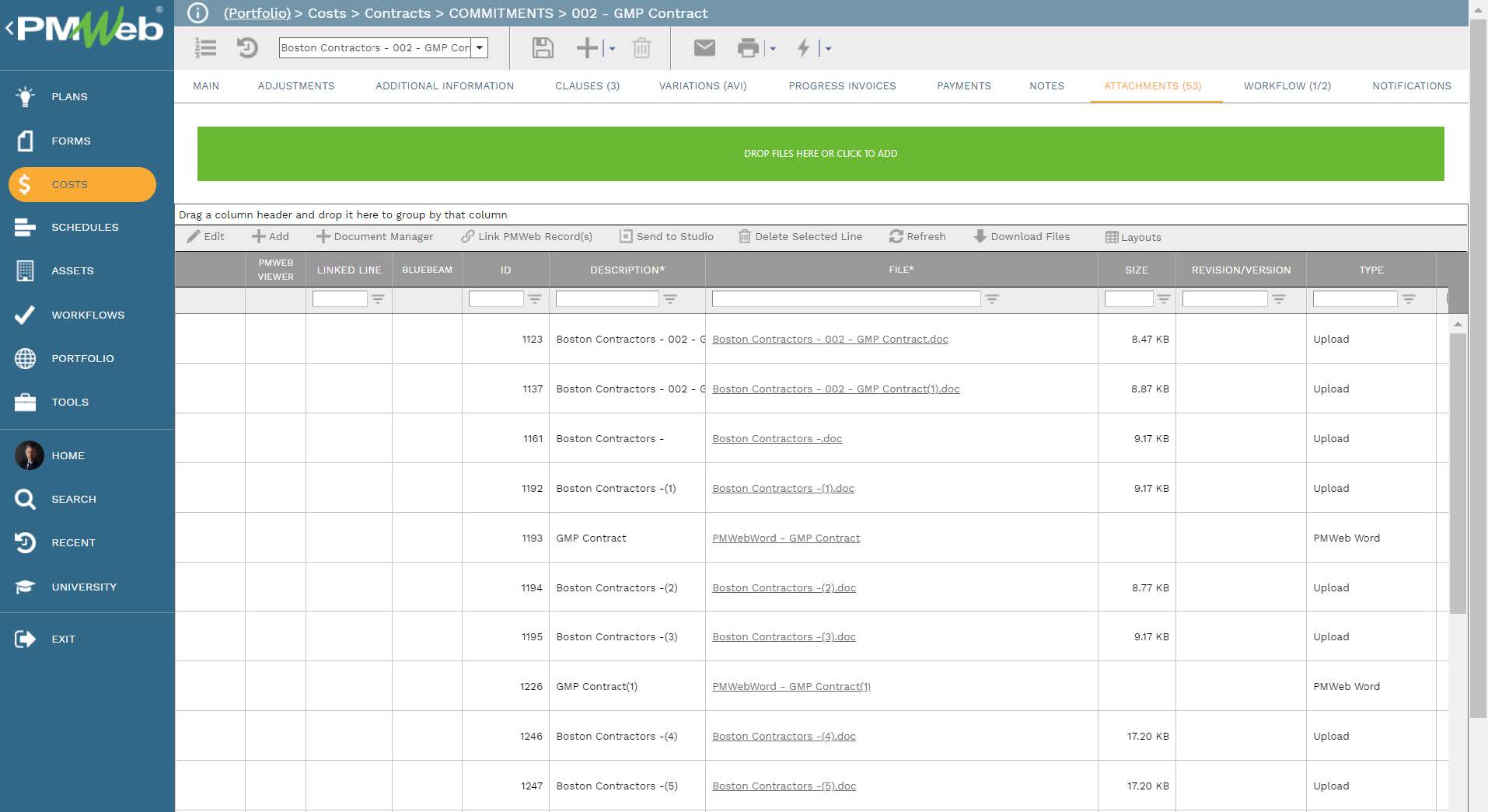
It is highly recommended that all supportive documents, regardless of their type or source, get uploaded and stored on the PMWeb document management repository. PMWeb allows creating folders and subfolders to match the physical filing structure used to store hard copies of those documents. For example, there could be a folder for each value engineering exercise with sub-folders for each value engineering phase as detailed in the checklists.
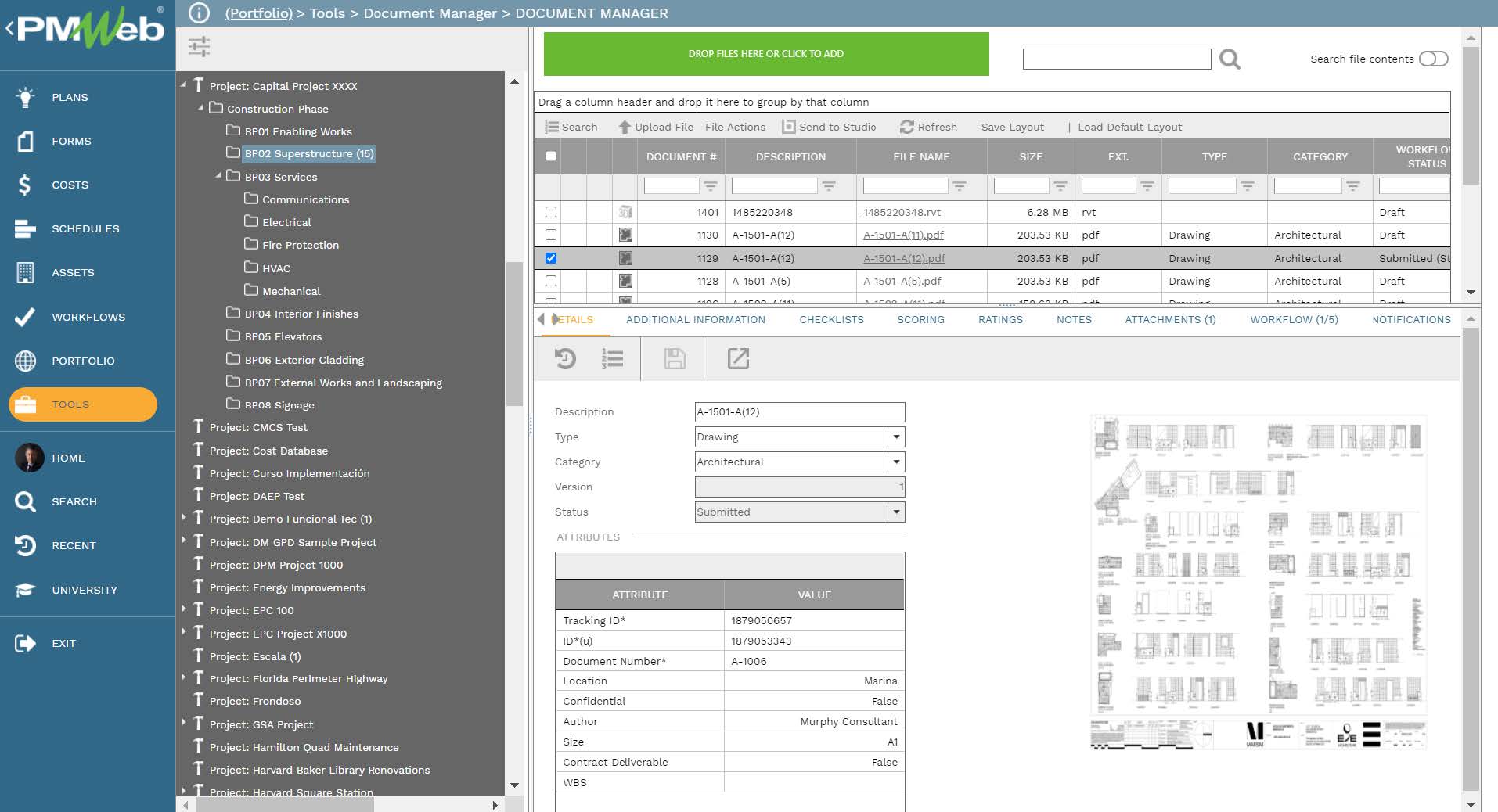
Should there be a requirement to formally submit, review and approve those checklists, a workflow can be used to formalize the submission, review, and approval tasks. Each one of those seven checklists could have its own workflow to map their submit, review, and approve tasks, role or roles assigned to each task, task duration, task type, and actions available for the task. In addition, PMWeb allows setting conditions to the workflow tasks to enforce the approval authority levels set by the organization if this was a requirement.
